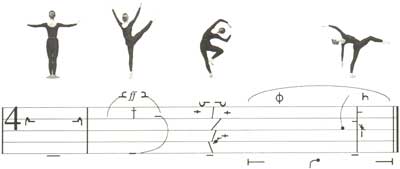DesignInquiry 2007: PASS•PORT
(Identity in the information age)
Vinalhaven, Poor Farm
June 17–20
Hello? Is that you? Do you like your passport photograph? Do you like the way people treat you in stores, libraries, airports, in foreign countries? Do you agree with the labels that advertisers apply to you? Are you proud to be associated with your company or organization? Do you agree with your astrological profile? Do you like the way you’re represented by your credit card bill? By your phone bill? By your Web browser history? By all the instant messages you ever sent?
Let’s talk about passports.
Let’s talk about the security of this document.
Let’s talk about identity: Identity lost and found.
“Since each of us was several, there was already quite a crowd.”
0052 31206239705 4007 xxxxxxxxx – Ha! Those numbers can open doors if you know which ones. My passwords are 3773w, alias-m, excuseme, wonttell, tamalone. There are about three registered pictures of me on various cards, an iris scan and a thumbprint registered at customs. Surveillance cameras follow my steps and analyze my moves throughout town.
There are activated RFID (Radio Frequency Identification) tags in my clothing and shopping, as well as in my passport and the money I carry.
My cellphone provider knows exactly where I am and who is with me.
The staff in six stores, the marketplace, and nine restaurants know my habits and preferences: Shops know my favorite flavor coffee, my tea, my favourite olive oil and bread. The bartender is already pouring my favorite drink as I enter the bar.
People know where I come from and get an idea of my education from the way I dress, gesticulate and speak. My cellphone searches for an antenna every two minutes. So now you know where I am, and who is with me… You can’t get lost and you can’t lose someone: You can always Google them to find out what they are doing, when, where, with whom. But where are You?
Thanks to the magnetic strip on the back of some badly-designed plastic cards there is a record of which books I read and which movies I rent. When I travel, the bank keeps track of where I spend money, and even has a record of how many times I visit the zoo or the botanical gardens, the opera house, the theater or the nightclub. Surfing the web my provider keeps data of the sites I visit. Google and Yahoo! keep data on my search requests and are even equipped to register the sounds in my room.
It can’t be that big of a deal to gather and connect all this information in one general database, enabling the person behind the screen to know more about me than I do myself because I easily forget and don’t see the correlations as he or she does.
None of these facts are about the characteristics that make me me and distinguish me from being someone else. So what is the value in it?
Now, let’s talk about designing a passport.
Let’s talk about the security of this document.
Let’s talk about identity: Identity lost and found.
This article is made up of contributions by several authors. The author’s identity has been replaced by several identities. Please add your own observations to this story, or shift it in another direction.


